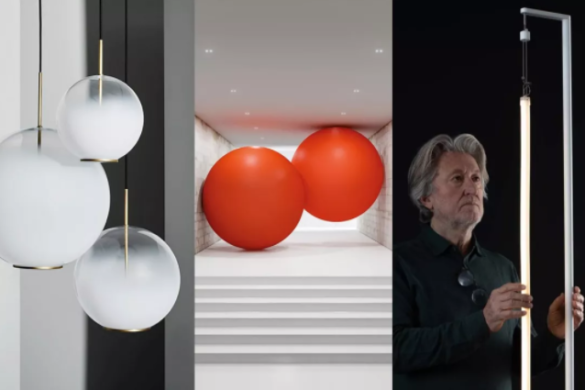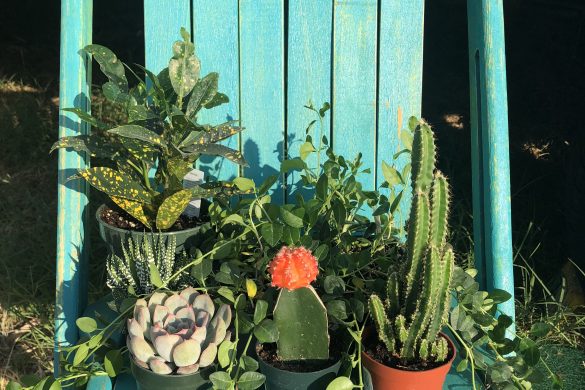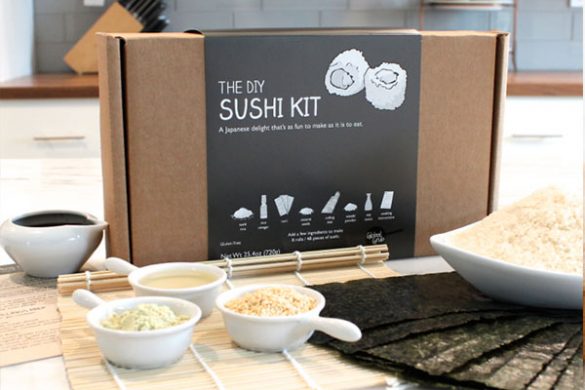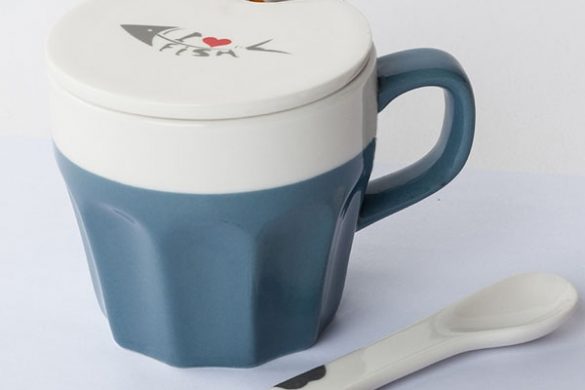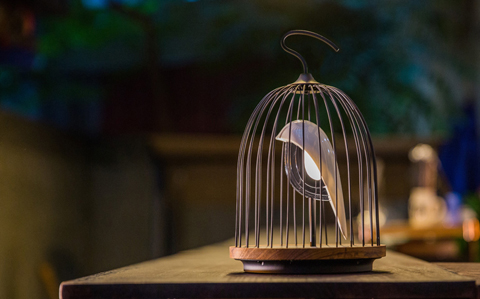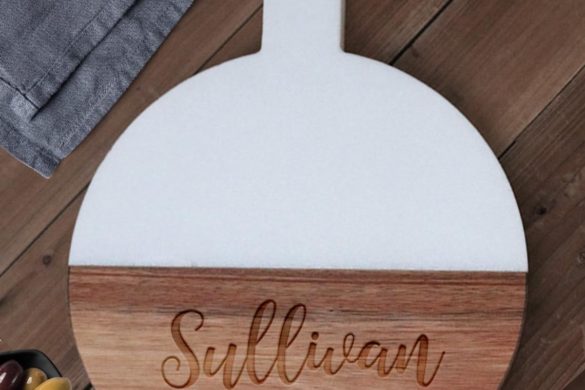How many types of Japanese porcelain do you know? Arita, Mino, and Seto ware? Kutani ware is one of the most famous Japanese porcelains. With a history of more than 360 years, Kutani porcelain is loved not only in Japan, but also in other places around the world. Various pieces of tableware, flower vases, ornaments, etc. are now made in Kutani styles. Read on to learn more about this craft!
Features
Kutani ware features vivid colors, bold and elegant patterns, and a particular technique of overglaze painting. This technique involves using pigments to paint a pattern over a glaze before firing the piece again. Traditionally, five vibrant overglaze colors (red, blue, green, purple, and yellow) give Kutani ware its characteristic beauty, but today a much broader variety of colors are used. Mostly natural patterns, such as birds, flowers, and mountains, are painted with those colors.
History
The history of Kutani ware dates back to 1655. Clays suitable for porcelain making were found during the development of a mine in the village of Kutani (meaning Nine Valleys), Daishoji Domain. Maeda Toshiharu, the first Lord of Daishoji, focused his attention on the development of pottery despite the gold mine. He sent Goto Saijiro, a member of the ruling clan, to Arita, Saga Prefecture to master the art of porcelain that was so highly developed there. When Goto got back, he built the first Kutani kiln. The kilns in Kutani, however, were closed in the early 1700s. The ceramics produced during this period are now known as Ko-Kutani, or old Kutani.
About a century after the closure, the Kaga clan, the “parent” clan of the Daishoji clan, made efforts to revive the lost art, and opened the Kasugayama kiln in its castle town Kanazawa. Other kilns soon opened across the Kaga region, each with their own style of design. The Miyamoto kiln, for instance, featured fine decoration in red, while the Eiraku kiln had gold pictures on a red background. The Yoshidaya kiln, on the other hand, used only four of the basic colors (green, purple, yellow, and dark blue). This wave of Kutani porcelain is called Saiko-Kutani, or revived Kutani.
The last Kutani period began in the Meiji era in the 1860s. It was also around this time that we started to see Kutani introduced to the global market. This era saw the inevitable decline of the feudal system. Feudal lords stopped funding pottery, so Kutani potters had to work as independent artists. A master potter called Kutani Shoza, mixed all the Kutani styles and used western material for the paint. This became yet another Kutani ware style, the Shoza style. Even today, Kutani designs keep evolving.
Production Process
Nowadays, pottery production is mechanized in the world, but most Kutani ware is still made by hand. The amount of time and effort put into each piece is astonishing. The production process of Kutani ware can be divided into 4 main steps:
1. Preparing
The pottery stone (or pottery clay) is mined and grounded into powder. It’s mixed with water and strained to remove impurities, such as iron. The clay is then kneaded to remove the air inside which will cause cracks and strain. Thus the clay is ready.
2. Forming
The pottery is formed using a potter’s wheel or mold. Detailed finishes such as trimming the base and making knobs are done after the form is created. The piece is then sun-dried and fired for 8 hours at 1472°F. The product, fired but unglazed, is referred to as a biscuit or bisque.
3. Underglaze
The pottery is painted with a blue pigment called gosu for the draft. After the preliminary drawing, the bisque is coated with a white glaze called hakuyu. The ware is then fired again for 15 hours at 2372°F. The glaze will become transparent and glassy.
4. Overglaze
The pottery is painted with colorful pigments. It’s fired for 4 to 10 hours at 1472 to 1832°F. The firing fuses the paint and glaze, producing beautiful colors. Depending on the design of the pottery, gold and silver may be added, which then requires a final firing at 752°F.
Products
Sip your favorite beverage from the Kutani Ware Cat Mug. This go-to unisex accessory is a Japanese art piece that is perfect for the home and office. Each mug has a handle for easy holding, and features a unique in-glaze hand painted technique that showcases the silhouette of two cats and their floral surroundings in vibrant colors.

This Kutani Bird Plate is a work of Yoshizaki Eiji. The Yoshidaya-style piece features a brown bird and green leaves against an orange botanic background. The plate measures 1.18” x 6.02”. It’s perfect for daily use. You’ll amaze and treat your friends and guests with this plate.
This beautiful Kutani Chrysanthemum Ginger Jar is a white porcelain piece covered with a variety of blue chrysanthemums, all outlined in gold color. One large white flower accents the lid and body, adding to the beauty of this jar. This ceramic piece will add traditional charm to your mantle or shelves.
















